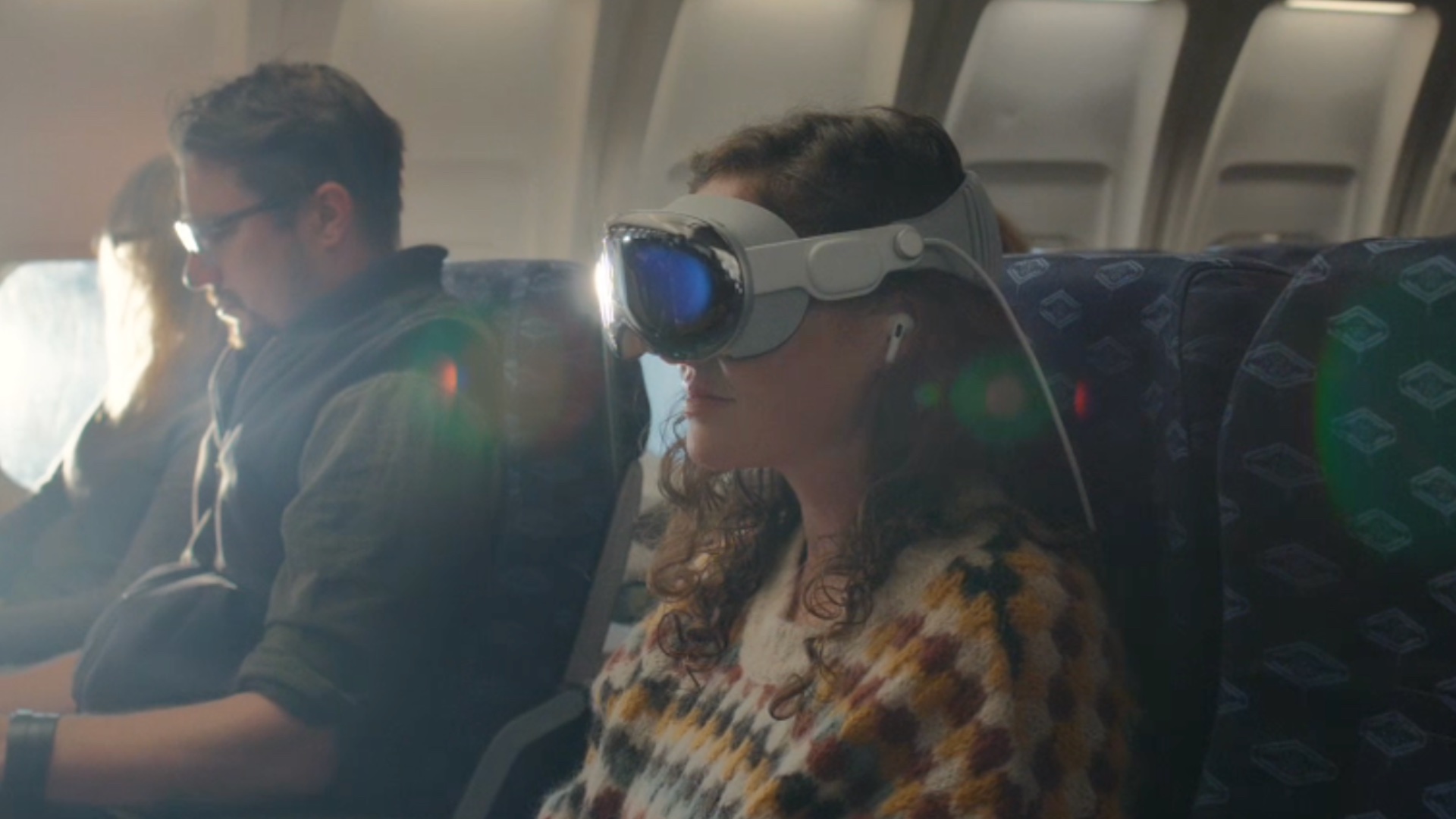Virtual reality headsets are not easy to use in transport, which would have forced Apple to set up a “travel mode” capable of adapting the operation of the Apple Vision Pro to the movement of an airplane.
Is airplane mode really useful? Many people have always doubted its interest. Originally designed to cut off all incoming and outgoing connections on an airplane, today it allows the use of Wi-Fi and Bluetooth, which calls into question its overall usefulness. Most people use it by reflex, without real conviction on its impact on flight.
With the Apple Vision Pro expected for early 2024, Apple would have had to implement an airplane mode that lives up to its name. For the helmet to be comfortable to wear when sitting in a place that moves at several hundred km / h, Apple would rely on a special mode that has nothing to do with the network. The MacRumors site discovered it while digging into the visionOS code.
A travel mode also suitable for TGVs
So far, no one has seen this improved airplane mode in action. However, MacRumors indicates that the following messages will appear in the headset wearer’s vision, if they are on a fast-moving plane or train:
- Are you on a plane?
- If you’re on an airplane, you must keep Travel Mode on to continue using your Apple Vision Pro.
- Stand still in Travel mode.
- Stay still until the mode is deactivated.
- Some presence detection functions will be disabled.
- Current fit may reduce gaze accuracy.
- Turn on Travel Mode when you’re on an airplane to continue using your Apple Vision Pro.
- Your Representation is not available when Travel Mode is enabled.
In airplane mode, the Apple Vision Pro would stop modeling the surroundings in 3D, since a user is unlikely to walk around and place virtual windows in different locations. This travel mode would be equivalent to the stationary mode seen in other VR headsets, which allows the headset to be used without moving.
To make the experience more enjoyable, Apple will likely optimize the display to reduce the feeling of nausea as much as possible, ensuring that the simulation moves less than usual. The impossibility for the Vision Pro to detect the presence of someone else is surely due to the fact that your neighbor could be too close and cut off the immersion.
Who will really put an Apple Vision Pro on a plane?
If Apple’s proposal is full of common sense, an important question remains to be answered: do you really want to wear a helmet on your head during a flight? Until today, VR has never been accepted in public places. If Apple’s proposal is attractive (watching a movie in a cinema while flying, for example), not sure that the company is still ready to accept it. Anyway, this travel mode could make sense elsewhere, on the back seat of a car or in a TGV for example.
Subscribe to Numerama on Google News to not miss any news!
